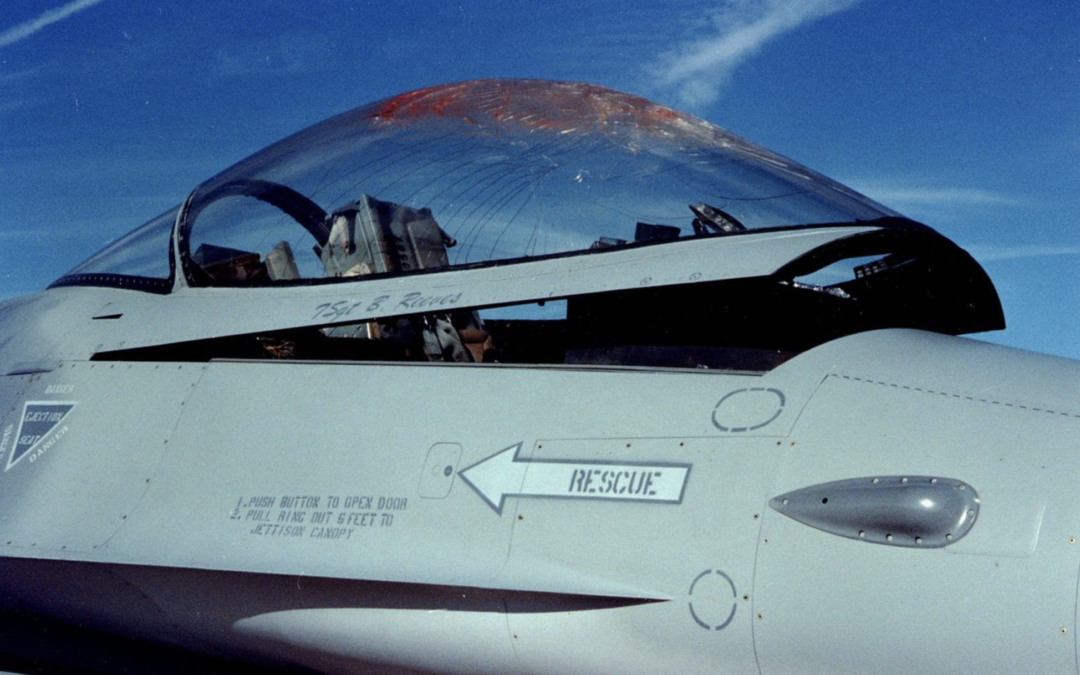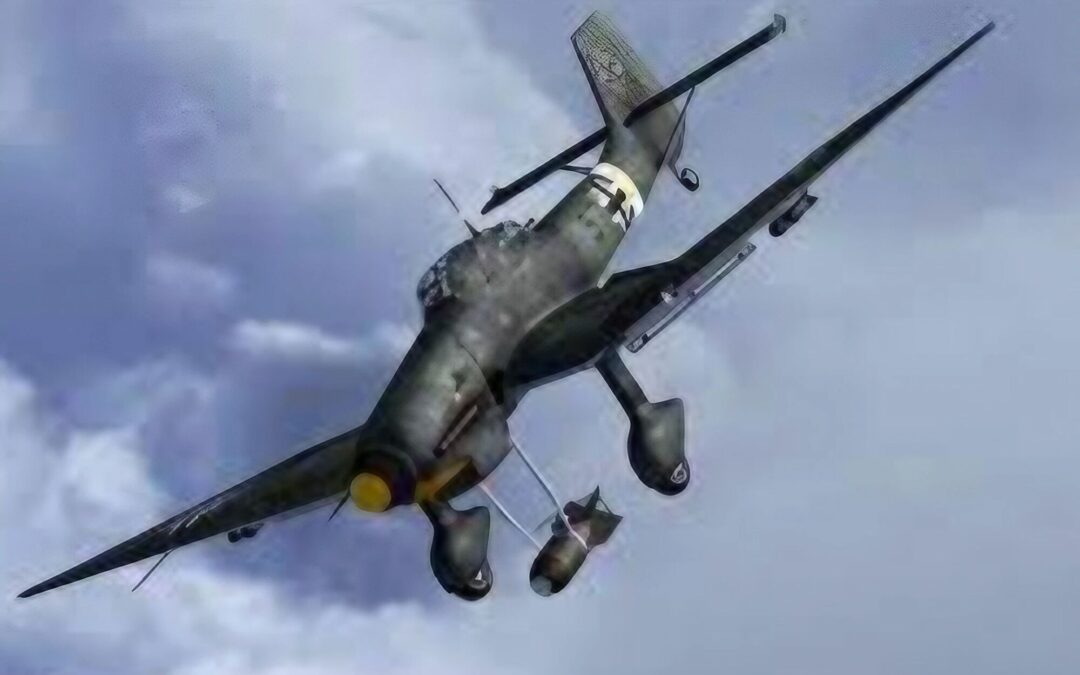The Stuka Ju-87
… also known as the Sturzkampfflugzeug (“dive bomber”), was a German military aircraft that gained notoriety during World War II for its devastating precision strikes. Developed by Junkers Flugzeug und Motorenwerke. This distinctive and iconic aircraft played a critical role in many early campaigns and became a symbol of German air power. In this essay, we will explore the history, design, capabilities, impact, limitations, and legacy of the Stuka Ju-87.
Historical Background
The development of the Stuka Ju-87 began in the mid-1930s as the German military sought to replace their aging biplane dive bombers used during World War I. The German war planners recognized the need for an aircraft that could provide precise and close air support to ground forces. In 1935, the prototype of the Ju-87 took its first flight, and by 1936, it was introduced to the Luftwaffe (German Air Force).
Design and Features
The Stuka Ju-87 was instantly recognizable with its distinctive inverted gull wing design, fixed landing gear, and siren-equipped dive brakes. The inverted gull wing provided structural strength and stability, enabling the aircraft to endure the stresses of vertical dives. This design also allowed for a large internal bomb bay, accommodating a variety of bomb sizes.
The fixed landing gear, though outdated compared to retractable landing gear used by other aircraft, added to the simplicity and ruggedness of the Stuka. The dive brakes were a crucial feature, as they helped the pilot control the speed and angle of descent during dive bombing missions. Additionally, the Stuka housed a crew of two, a pilot and a rear gunner, who operated a dorsal-mounted machine gun for defensive purposes.
Dive Bombing and Precision Strikes
The Stuka Ju-87’s primary role was dive bombing, and it excelled in this area due to its design and specialized equipment. Dive bombing involves diving towards the target from a high altitude, allowing for precise and devastating bomb strikes. During the dive, the pilot would engage the dive brakes, maintaining control and stability while aligning the target in their sights.
The Stuka’s accuracy was enhanced by the use of reticles and bomb-sight instruments, providing precise calculations for bomb release. By targeting specific enemy positions, armored vehicles, ships, or infrastructure, the Stuka wreaked havoc on the battlefield. Its attacks often resulted in demoralized and disrupted enemy forces, providing a significant advantage for German ground troops.
Psychological Warfare and Propaganda
The Stuka Ju-87’s impact extended beyond physical destruction. The aircraft’s menacing appearance, coupled with the terrifying siren emitted during dives, was a powerful psychological weapon. The siren, officially known as the Jericho Trumpet, emitted a haunting and distinctive howl that struck fear into the hearts of both soldiers and civilians alike. This psychological warfare tactic was designed to disorient and demoralize the enemy, causing panic and disrupting their ability to fight effectively.
Furthermore, German propaganda efforts heavily featured the Stuka, showcasing its successes and achievements through newsreels, posters, and other media outlets. The aircraft became a symbol of German air power, instilling fear, and creating an illusion of invincibility. This psychological impact significantly influenced the perception of the Stuka on both sides of the conflict.
Limitations and Evolution
While the Stuka Ju-87 enjoyed early success, it faced limitations and vulnerabilities as the war progressed. Its slow speed and lack of maneuverability made it an easy target for faster enemy fighters, particularly as air superiority shifted towards the Allies. The Stuka’s fixed landing gear and robust structure also added weight and reduced its speed, limiting its ability to defend itself against enemy aircraft.
As a response to these issues, the later variants of the Stuka, such as the Ju-87D, incorporated improvements such as increased armor protection and additional defensive armament. These modifications aimed to enhance survivability and mitigate the vulnerability of the Stuka against enemy fighter attacks. However, by the later stages of the war, with the development of advanced Allied aircraft, the Stuka’s effectiveness as a dive bomber declined.
Legacy
Despite its limitations and subsequent decline, the Stuka Ju-87 remains an enduring symbol of German air power during World War II. Its distinctive appearance, the psychological impact of its dive horn, and its accuracy as a dive bomber cemented its place in history. The Stuka played a significant role in early German victories, including the Blitzkrieg campaigns in Poland and France, and in the early stages of Operation Barbarossa on the Eastern Front.
Furthermore, the Stuka’s notoriety has been perpetuated through films, documentaries, and literature, contributing to the romanticized image of German military aviation during World War II. The Stuka’s contributions to the evolution of close air support tactics and its impact on the battlefield cannot be understated.
Conclusion
The Stuka Ju-87 served as a formidable and iconic dive bomber, renowned for its precision strikes and psychological impact on the battlefield. Its unique design, specialized equipment, and terrifying dive horn made it a symbol of German air power and intimidation. However, limitations, vulnerabilities, and advancements in Allied technology eventually overshadowed the Stuka’s effectiveness.
Nonetheless, the Stuka Ju-87’s lasting legacy lies in its significant contribution to the early success of the German war machine and its enduring image as a symbol of the terror unleashed from above. Despite its decline in later stages of the war, the Stuka remains an iconic and historically significant aircraft that holds a powerful place in the annals of military aviation history of World War II.




What You have to say